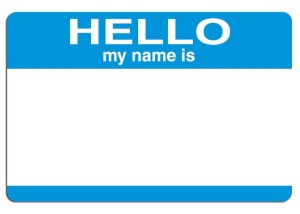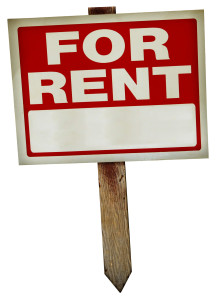
Most people dream about being wealthy or play the lottery in hopes of winning millions, but few people actually have a strategy to achieve their dreams of wealth.
I hear many reasons why someone doesn’t have a wealth strategy:
- They don’t really know what a wealth strategy is.
- They don’t know how to get started.
- They think they need to wait to get started because they don’t have any money.
- They think they need to get out of debt before starting their wealth strategy.
A wealth strategy is a plan of action intended to achieve specific wealth goals. The fact is, everyone needs a wealth strategy, regardless of goals, age, wealth, income or debt.
The First Step to Creating a Wealth Strategy
The first step to creating a successful wealth strategy is knowing where you are going. I call this Your Wealth Vision. Your wealth vision is your picture of your ultimate lifestyle. Where do you live? How do you spend your time? What are the possibilities? Now, we can all close our eyes for a few seconds and imagine the lifestyle of our dreams. But to truly define your wealth vision means being very detailed and specific.
For example, in just a few seconds time, we may imagine our ultimate lifestyle to include traveling. In those few seconds, we may imagine the excitement that goes with traveling, and a snapshot of a place we’d like to go, but the details probably aren’t more specific than that.
This is much different than someone who takes the time to specifically define how they see traveling in their wealth vision. For example,
- How often will they travel?
- Who will they travel with?
- Where will they travel to?
- How long will each trip be?
- Will they fly coach or first class?
- Will they stay at a hotel, rent a home or buy a home?
- What activities will they do when they travel?
The more detailed and specific the wealth vision, the more likely it is to be reached.
Avoid This Mistake When Creating Your Wealth Strategy
Many people skip this first step. I think it’s because many people think that their wealth vision is simply to have lots and lots of money, so defining it is a waste of time. Plus, they are eager to move on to the next step. But, this first step is critical because you can’t get to where you’re going if you don’t know where it is you’re headed.
Once your wealth vision is defined, key pieces of your wealth strategy can come together. For example, when you know your wealth vision, you can determine your target cash flow and your target net worth. These targets can be used to develop investment criteria so your investments work toward your wealth vision and not against it.
Your Wealth Vision
Really think about your wealth vision and the specific details. Then, put it in writing. This is the first step I always take with any wealth strategy I create.
 Have you ever been handed a balance sheet and income statement from your accountant and been told that this is your reporting?
Have you ever been handed a balance sheet and income statement from your accountant and been told that this is your reporting? With the new year here, many people are making plans to travel so it is a great time to do a refresher on the rules for deducting travel so you can legally write-off your vacation and personal travel.
With the new year here, many people are making plans to travel so it is a great time to do a refresher on the rules for deducting travel so you can legally write-off your vacation and personal travel. There are two big obstacles most people run into when forming a tax strategy.
There are two big obstacles most people run into when forming a tax strategy. Did you forget to renew your business registration? When your business began it had registered with the State of Michigan, probably a while back, however, the annual registration renewal was not done. After several years of non-renewal, along came your competitor who called to see if you would like to buy your business NAME back at a considerable cost. What a surprise! This created problems for your Business, because it could no longer do business under its original name in the State of Michigan. Your competitor registered its company with your NAME and now they had a legal right to use your NAME while doing business in Michigan.
Did you forget to renew your business registration? When your business began it had registered with the State of Michigan, probably a while back, however, the annual registration renewal was not done. After several years of non-renewal, along came your competitor who called to see if you would like to buy your business NAME back at a considerable cost. What a surprise! This created problems for your Business, because it could no longer do business under its original name in the State of Michigan. Your competitor registered its company with your NAME and now they had a legal right to use your NAME while doing business in Michigan.


